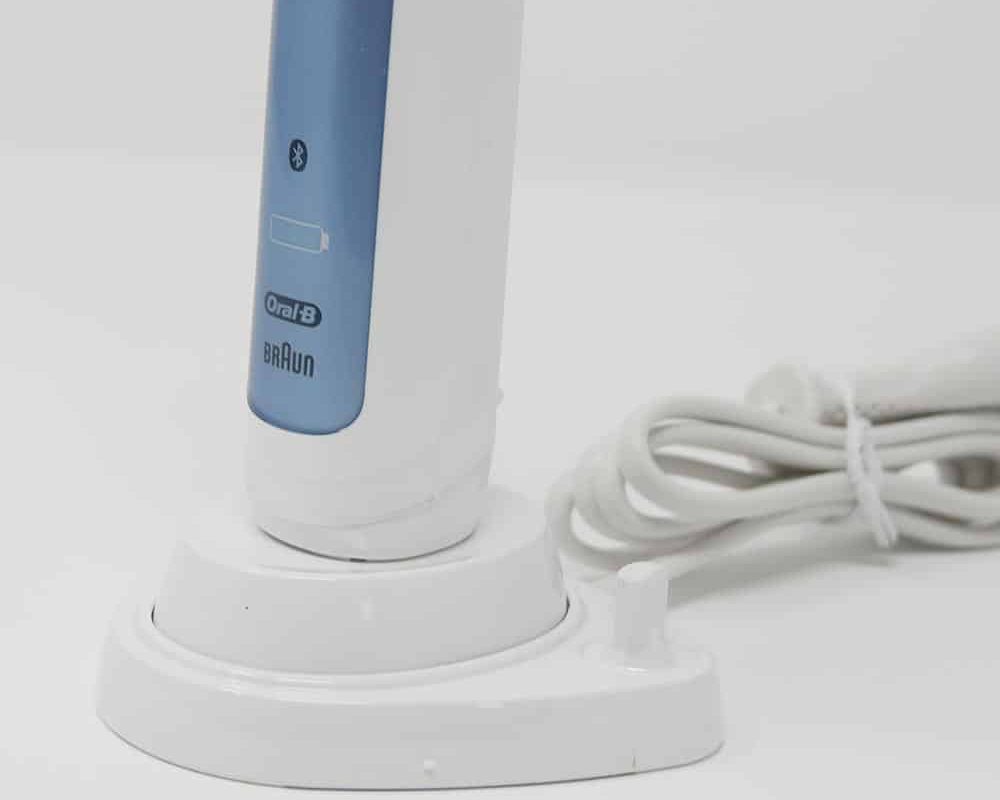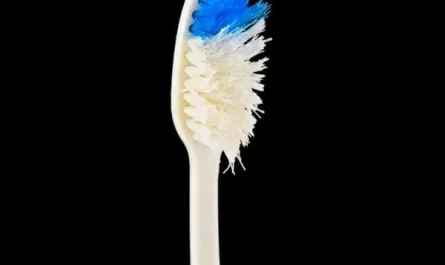Introduction: The Power Preservation of Electric Toothbrushes
Electric toothbrushes have revolutionized the way we care for our teeth, providing efficient and thorough cleaning. However, it is natural to wonder how long an electric toothbrush can last without charging, particularly during travel or in situations where access to charging outlets is limited. In this comprehensive guide, we will explore the factors that influence the duration of an electric toothbrush’s operation before requiring a recharge. By understanding these factors and implementing effective strategies, you can achieve extended usage and ensure optimal oral care even when charging options are scarce.
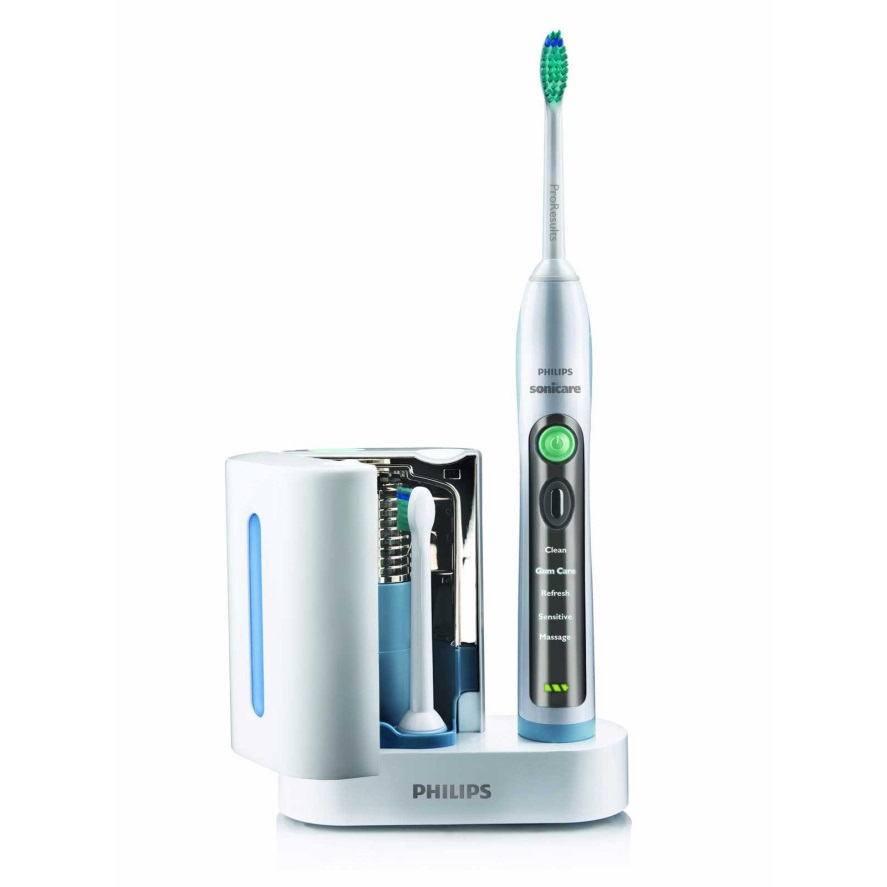
The Lifespan of Battery-Powered Bliss: Understanding the Duration of an Electric Toothbrush Without Charging
-
Battery Type and Capacity
a. NiMH (Nickel-metal hydride) batteries: Some electric toothbrushes use NiMH batteries, which have a moderate capacity. These batteries typically offer reliable performance and can last 1 to 2 weeks, depending on the toothbrush model and usage frequency.
b. Li-ion (Lithium-ion) batteries: Electric toothbrushes equipped with Li-ion batteries tend to have higher capacities, providing longer usage times between charges. Depending on the brand and model, a Li-ion battery-powered toothbrush can last up to 3 to 4 weeks with regular use.
c. Battery capacity maintenance: Over time, all batteries experience a gradual decline in capacity. Properly maintaining the battery’s health, such as fully discharging and recharging it regularly, can help prolong its overall lifespan and maintain optimal usage time.
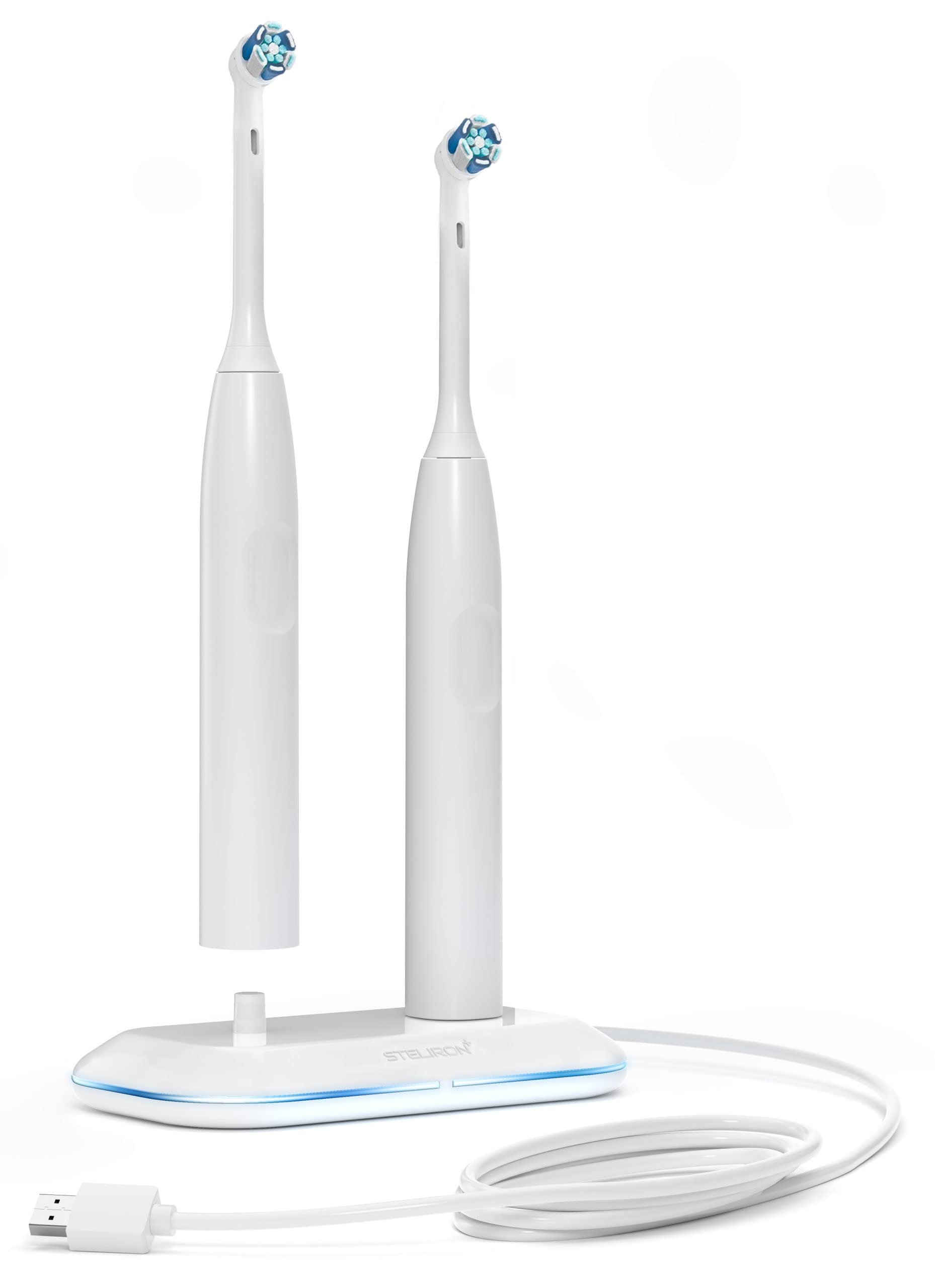
-
Usage Frequency and Duration
a. Daily usage time: The duration of an electric toothbrush’s battery life heavily depends on how often and how long it is used. Most people brush their teeth for the recommended 2 minutes, twice a day. If this is your routine, you can expect roughly 2 weeks of usage with a NiMH battery and up to 4 weeks with a Li-ion battery before needing to recharge.
b. Additional brush modes: Some advanced electric toothbrushes offer multiple brushing modes, such as sensitive mode or whitening mode. These specialized modes may consume more battery power compared to the standard cleaning mode, potentially shortening the overall battery life. Adjusting the usage of these modes can help extend the duration between charges.
-
Charging and Storage Practices
a. Initial charging: When you first purchase an electric toothbrush, it is crucial to charge it fully before the initial use. Follow the manufacturer’s instructions regarding the recommended charging time to optimize the battery’s performance.
b. Avoiding overcharging: Overcharging a battery can negatively impact its capacity and overall lifespan. Once the toothbrush reaches a full charge, unplug it from the charger to prevent unnecessary strain on the battery.
c. Consistent charging routine: Establishing a consistent charging routine can help ensure that your electric toothbrush is always ready for use. Make it a habit to recharge the toothbrush once it reaches a certain battery level or at regular intervals to avoid being caught with a low battery.
d. Storage conditions: Properly storing your electric toothbrush can also impact its battery life. Store it in a clean, dry place away from extreme temperatures or humidity, as these conditions can affect the battery performance.

-
Travel Considerations
a. Battery preservation during travel: When traveling, it is important to preserve the battery life of your electric toothbrush, especially if access to charging outlets is limited. Fully charge the toothbrush before your trip to maximize its usage time.
b. Turn off between uses: To conserve battery power during travel, turn off the toothbrush between uses instead of leaving it in standby mode. Refer to the user manual for instructions on how to power off your specific toothbrush model.
c. Carry a charger or spare battery: Consider carrying a charging case or spare battery if your electric toothbrush supports interchangeable batteries. This provides an alternative power solution during longer trips or times when charging options are limited.
-
Replacement and Maintenance
a. Battery replacement options: Some electric toothbrush models offer replaceable batteries that can be easily swapped out when the original battery’s performance declines. Check the manufacturer’s guidelines to determine if battery replacements are available for your specific toothbrush model.
b. Proper toothbrush maintenance: Regularly clean and maintain your electric toothbrush to ensure optimal performance. Rinsing the brush head after use and occasionally removing and washing it separately helps prevent debris buildup and keeps the toothbrush functioning at its best, maximizing battery life.
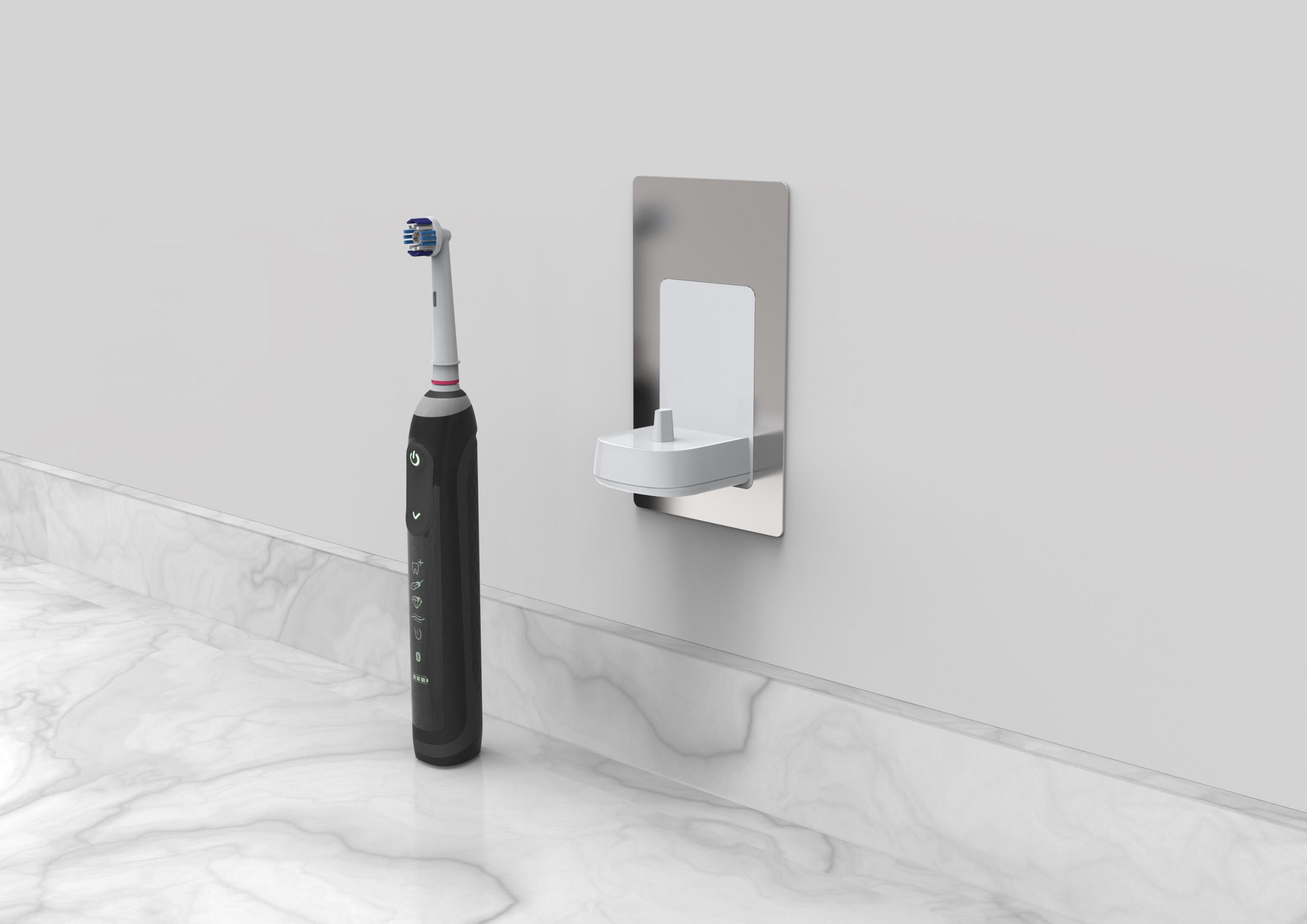
-
Environmental Impact Considerations
a. Battery recycling: Properly dispose of depleted batteries according to your local recycling guidelines. Many communities have designated drop-off locations for battery recycling, which helps protect the environment and reduces waste.
b. Sustainable toothbrush options: As an alternative to battery-operated electric toothbrushes, consider eco-friendly options that do not require batteries, such as manual toothbrushes made from sustainable materials or electric toothbrushes powered by renewable energy sources, such as solar power.
-
Monitoring Battery Performance and Health
a. Battery indicator: Pay attention to the battery indicator on your electric toothbrush. Many models feature an indicator that shows the remaining battery life or alerts you when it’s time to recharge. Regularly check the indicator to ensure you are aware of the battery’s current status.
b. Reduced performance signs: If you notice a significant decrease in the runtime of your electric toothbrush, it may be a sign that the battery is aging and losing its capacity. Consider contacting the manufacturer or referring to the user manual for guidance on battery replacement options.
c. Professional servicing: If you encounter persistent issues with battery performance or suspect an underlying problem, contact the manufacturer or a qualified technician for assistance. They can provide expert advice or perform necessary repairs to restore your electric toothbrush’s battery functionality.
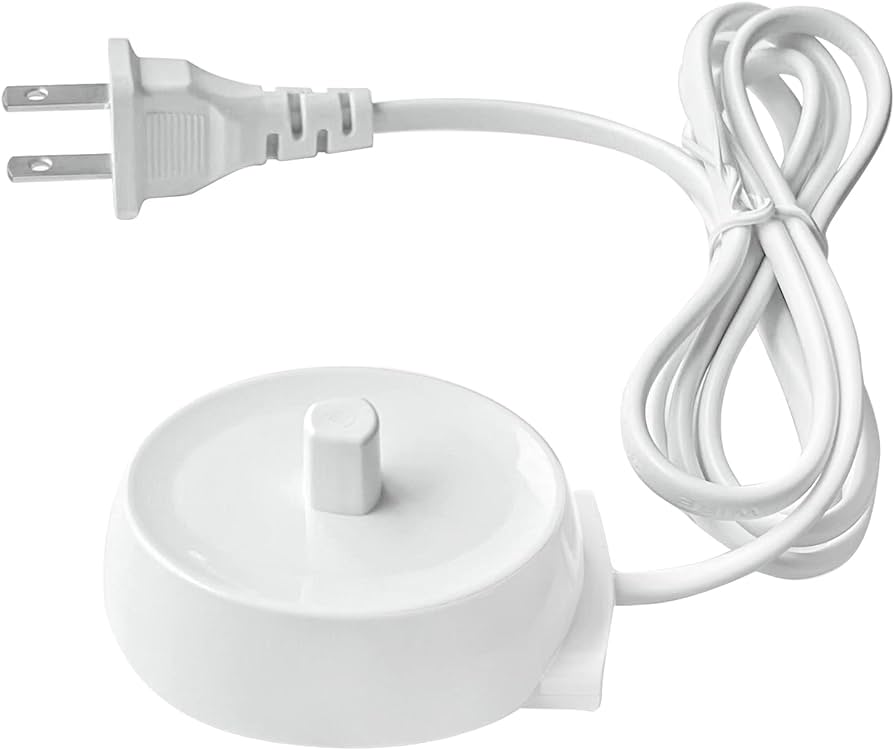
Conclusion: Prolonging Electric Toothbrush Battery Life
The duration an electric toothbrush can last without charging varies depending on factors such as battery type and capacity, usage frequency and duration, charging and storage practices, travel considerations, and overall maintenance. By understanding these factors and implementing effective strategies, you can optimize the battery life of your electric toothbrush, ensuring prolonged usage even in situations where charging options are limited.
Remember to follow the manufacturer’s guidelines regarding charging, storage, and maintenance for your specific toothbrush model. Establishing consistent charging routines, preserving battery power during travel, and considering battery replacement options when necessary are all important considerations for maximizing the lifespan of your electric toothbrush’s battery. With proper care and attention, you can enjoy uninterrupted oral care while minimizing your impact on the environment.

